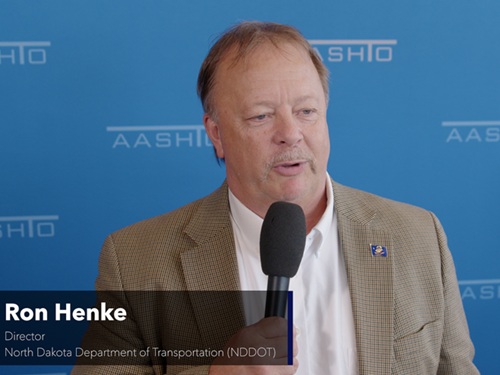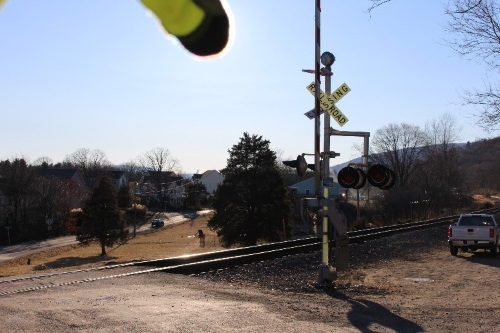The Federal Railroad Administration published its first National Strategy to Prevent Trespassing on Railroad Property on Feb. 12 and subsequently delivered it to Congress; a report originally requested by U.S. House of Representatives Committee on Appropriations last year.
[Above photo by NTSB.]
“Almost every trespasser death or injury is preventable and FRA is working to intensify our efforts,” said FRA Administrator Ronald Batory in a statement on Feb. 19. “Now that we have examined current data on contributing factors of the problem, we are seeking to energize our state and local partners to implement solutions and save lives.”

In the report, the FRA said it examined non-suicide trespassing casualties over a four-year period – from Nov. 2013 to Oct. 2017 – and identified the top 10 counties in the United States where the most pedestrian trespasser casualties occurred.
Those are: Los Angeles; Cook County, Chicago; San Bernardino, CA; Harris County, Houston; Broward, FL; Palm Beach, FL; Fresno, CA; Riverside, CA; Contra Costa, CA; and San Diego.
Altogether, the FRA’s research showed that, excluding suicides, 4,242 pedestrians were killed or injured while trespassing on railroad property nationwide during that four-year span.
[Editor’s Note: The national non-profit group Operation Lifesaver is one group trying to reduce railroad trespassing injuries and fatalities. It’s been working since 1972 to help prevent collisions, injuries and fatalities on and around railroad tracks and highway-rail grade crossings in the United States.]
https://www.youtube.com/watch?v=GZk6hYOlrcM
The FRA also released its latest positive train control or PTC technology installation update on Feb. 15.
Self-reported data submitted by the 41 railroads covered by the PTC mandate showed that, by Dec. 31 last year, four railroads had fully implemented the technology on their main lines, while all the other railroads subject to the Congressional mandate qualified for a two-year extension to meet it.
[In the video below, Union Pacific explains how PTC can create an “extra layer” of safety in railroad operations by reducing the risk of human error.]
The agency added that its fourth quarter 2018 data also showed PTC systems are in operation on almost 46,000 of the nearly 58,000 route miles where the technology is required to be deployed, with PTC systems involved in “revenue service” demonstration projects on an additional 288 route miles.

“PTC is the most significant and complex infrastructure investment America’s railroads have ever undertaken,” FRA’s Batory said in a statement. “Operating and maintaining a safe and reliable national rail network while instituting PTC is paramount. FRA will continue to work with a sense of urgency to ensure all railroads, particularly commuter railroads, remain focused and vigilant in satisfying key deadlines ahead.”
The agency said the latest self-reported data from the railroad industry shows “significant progress” from just a year earlier when 15 railroads were considered “at risk” of not implementing PTC or qualifying for an extension.
FRA also noted that it made $250 million in grant funding available for PTC implementation in May of last year and now four railroads – the Port Authority Trans-Hudson or PATH, North County Transit District, Portland & Western Railroad, and the Southern California Regional Rail Authority, known as Metrolink – have self-reported that they fully implemented an FRA-certified and interoperable PTC system on all their required main lines.
 Nation
Nation
North Dakota DOT Profiled in State DOT Update
July 3, 2025 Nation
Nation

